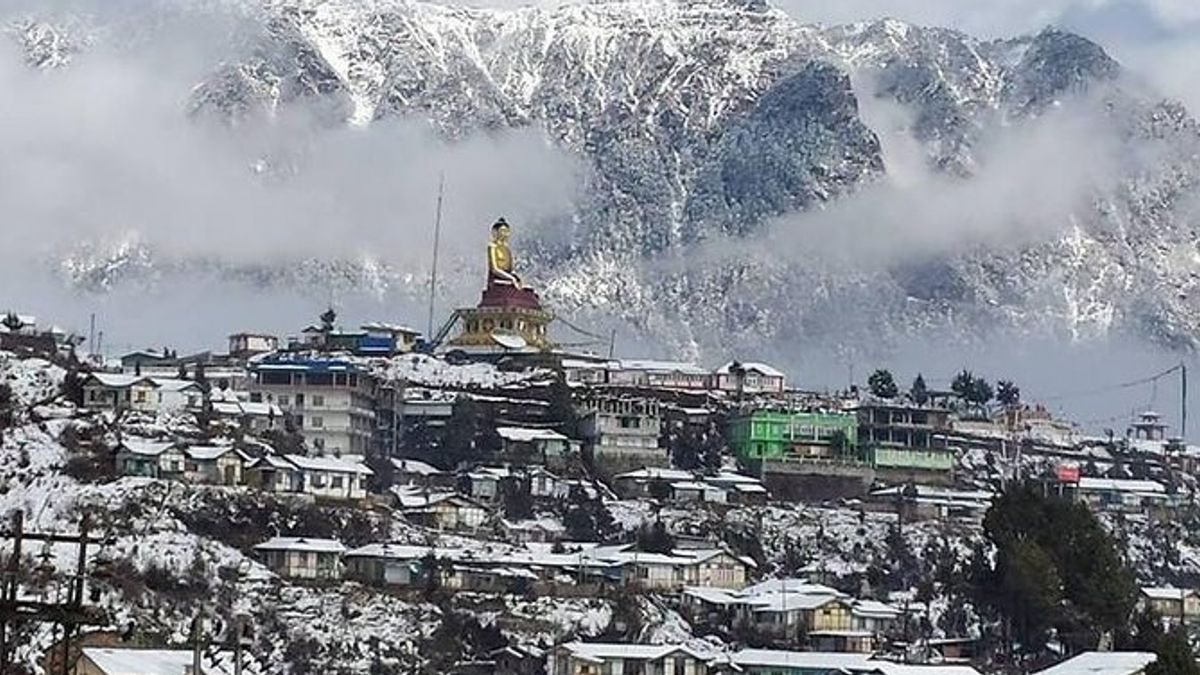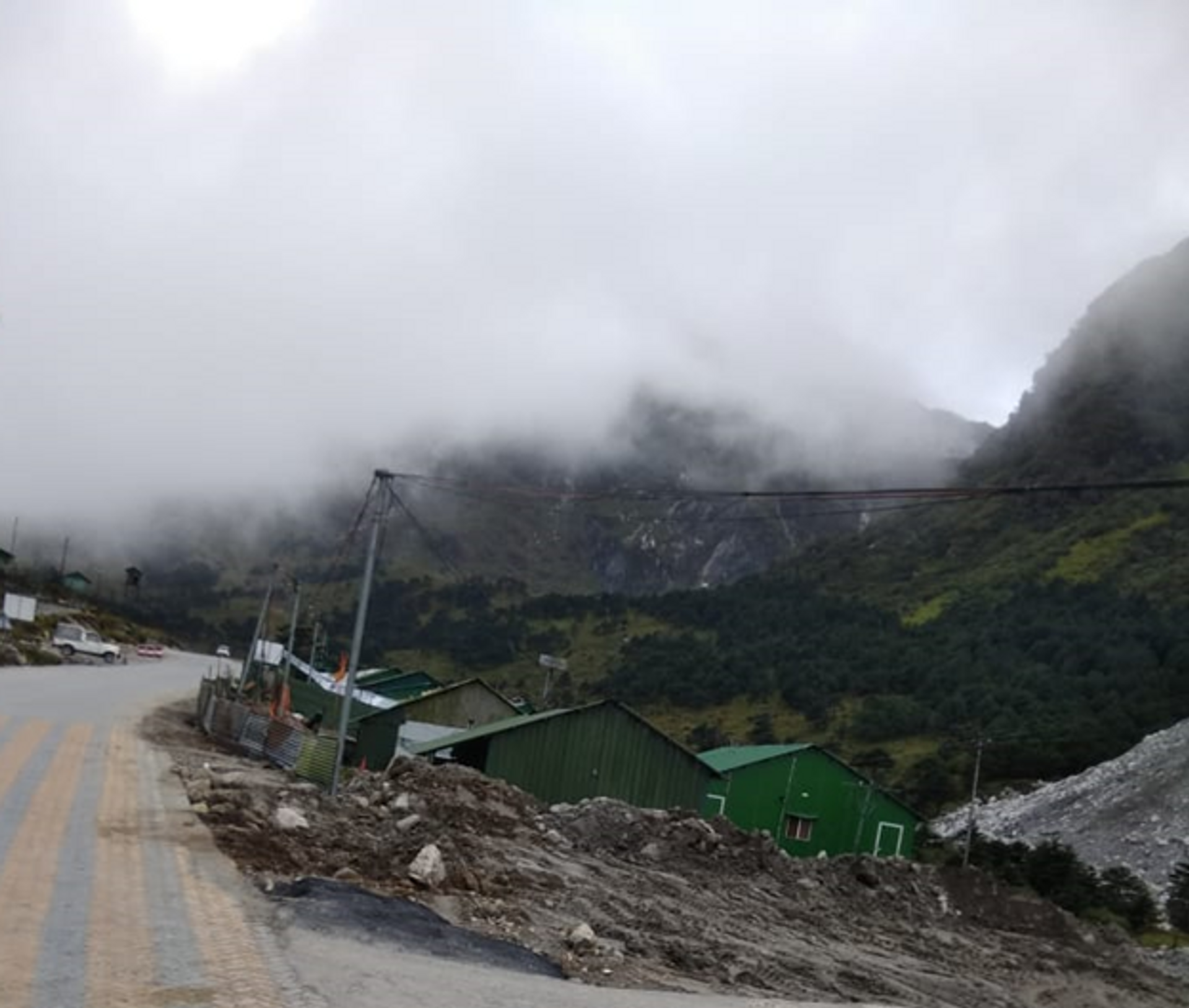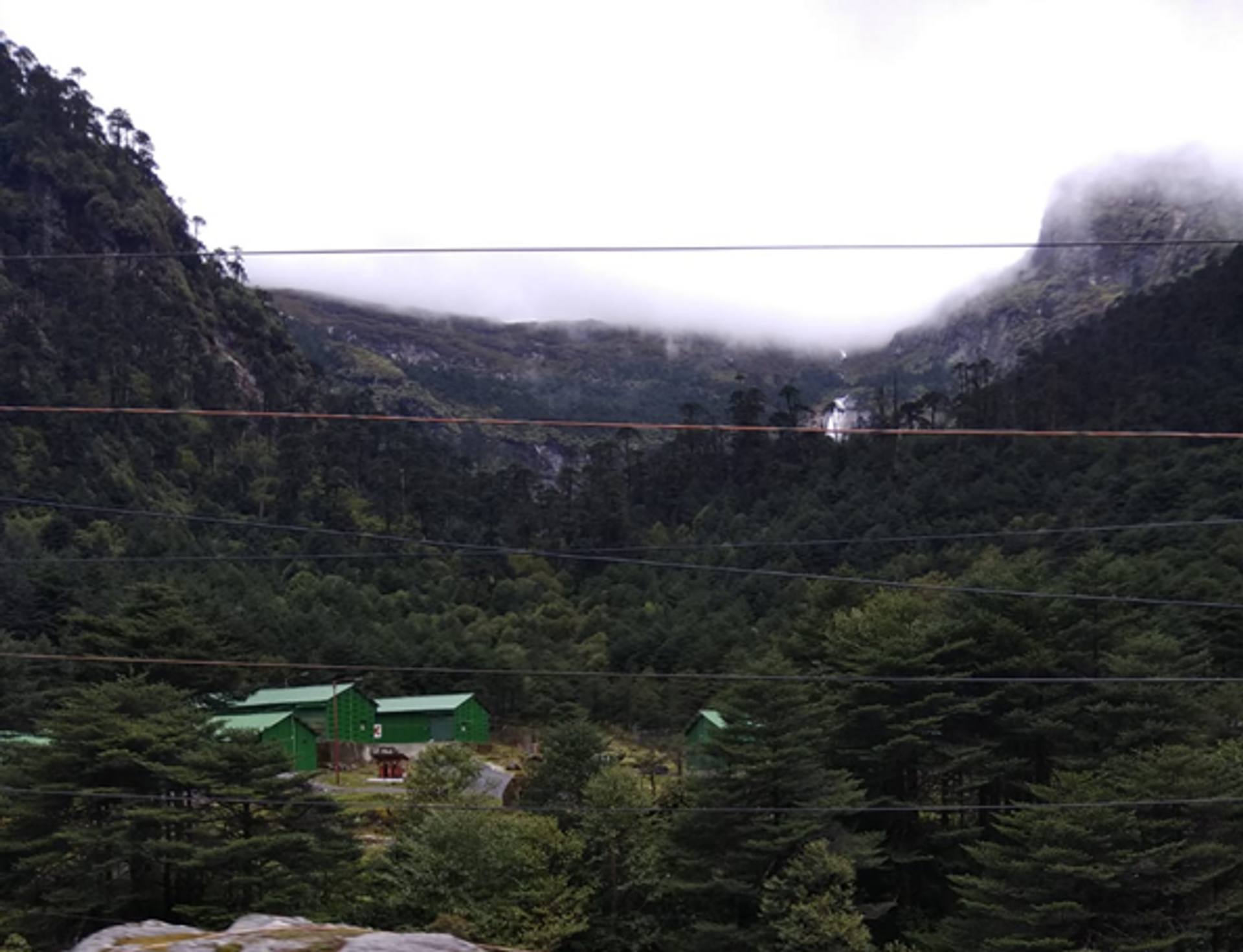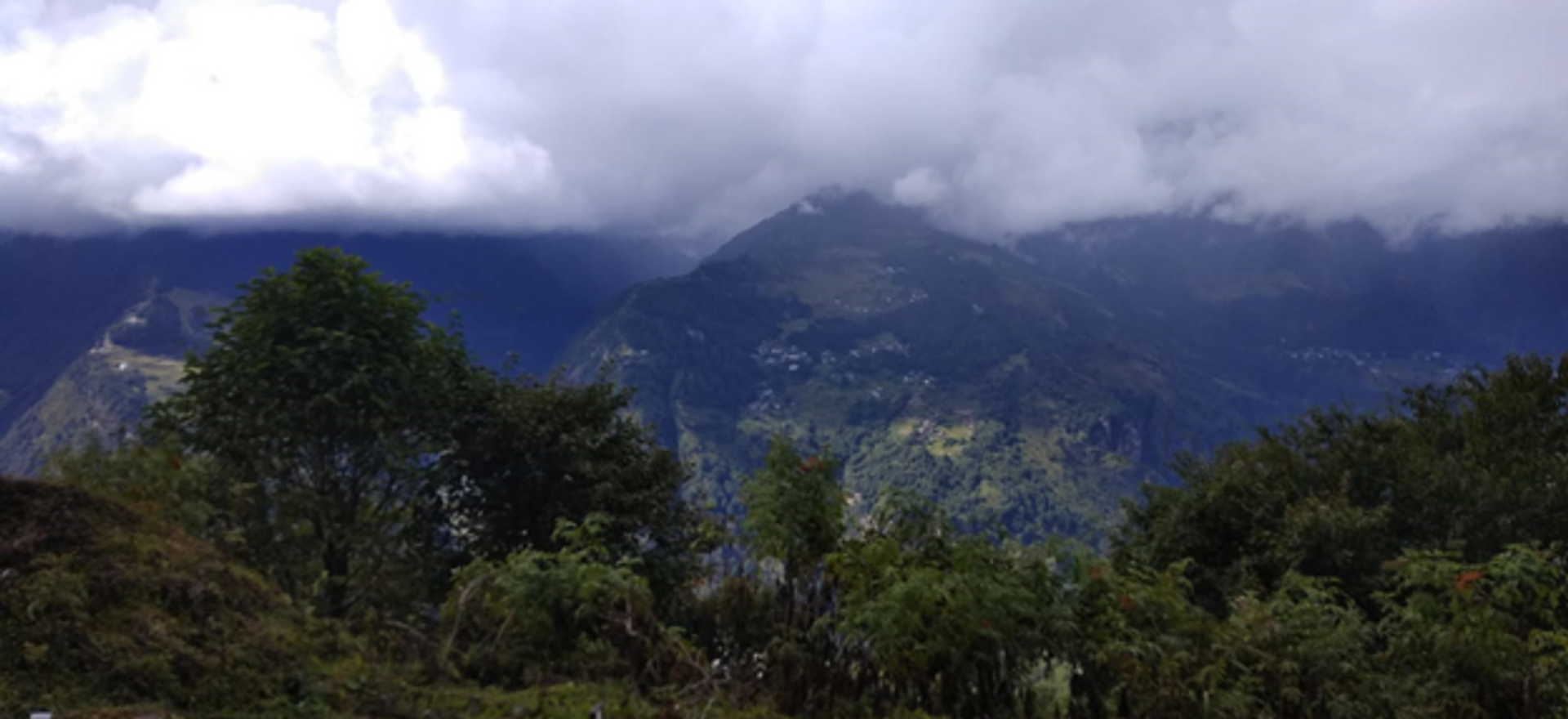
Save Tawang
Tawang at a Glance
The title is a broad statement for both Union Govt of India and the State govt of Arunachal to save Tawang from both enemy’s invasion as well as destructions from human indulgence. The author of the article wishes to make a statement to the Min of Defence, govt of India which has taken all steps possible within the constraints of geological accessibility, stability and maintainability. New India is well capable to defend every inch of its land all along its perimeter…be it along international borders, the coastal lines or the national aerospace limits. This has been the motto and the capabilities as well right from the time of Indian independence. If we leave out a page of 1962 war that India suffered a reversal owing to Nehru’s folly, all other govts were able to retain the territorial integrity to a great extent despite two substantial chunks of our territories; one being PoK and the other the Aksai Chin lost in the past. The contemporary Indian govt did blink when a small part of PoK was ceded by Pakistan to China. BUT…those were the grey periods of the earlier years under Nehru which prematurely declared the cease fire with Pak esp when the Indian Army was progressing rapidly to reclaim the part of J&K and Ladakh. Those folly of Nehru govt are of such order that we are reeling even today.
Indian Stakes at Tawang
Indian govt did learn a lot from the mistakes of Nehru and rendered a bloody nose to both Pakistan in 1965 and China in their limited forays of incursions in Sikkim and Arunachal. Indian Armed Forces not only was able to maintain the territorial integrity but was able to break Pakistan in to two and Lal Bahadur Shastri and Indira Gandhi must be complimented to have given a free hand to the Armed Forces as far as Pak was concerned. In respect of Indo-Chinese boundary, Indian Govt of yesteryears showed their reluctance in being firm on foreign policies as well as taking a strict defensive posture along the LAC. All past Indian govts were possibly sheepish in not boosting the infrastructures and connectivity along LAC which lent the CCP a belief (false though) of taking East Ladakh, Sikkim and Arunachal as part of their so-called 5-finger intrusion. UPA govt of Manmohan Singh had fallen low enough to acknowledge that India was not making infrastructures and connectivity along the LAC for the fear that PLA may use those for a free walkover. India will remain proud of its son Narendra Modi to change those mind-sets of the previous govts by initiating the development of border infrastructure for defence and also making the Armed Forces strong enough with increasing elements of self-reliance. Now Indian Armed Forces adopt a proactive defence along the LAC defeating Chinese nefarious designs of intrusions or their Salami Slicing.
PLA had been playing hide & seek games for long in Tawang sector of Arunachal that was recognised later as salami slicing to stamp their claim on a few villages. A similar act of play was started in East Ladakh in some inaccessible areas that culminated in Galwan Clash to put a full stop on their nefarious acts. They tried it again in Arunachal sector in 2023 but were beaten up badly by the Indian Army. Don’t trust Rahul Gandhi or his offensive against Indian Army saying “हमारी सेना पिट रही है”. This political naïve with a silver spoon in his mouth doesn’t mind betraying the nation and Modi govt is apparently helpless in not putting the clips on his lips and tongue. He may fall to any low to betray nation to try driving some mileage both within and abroad.
The Challenges of Developing Tawang
From the accessibility point of view, Tawang sector has been a long standing challenge for both State & Union Govt. There was a time not long back that it used to take 2-3 days to reach Tawang either from Itanagar or Guwahati. One had to cross the high ridge lines through narrow passes be it Bomdila, Sela or Jang being the major ones (shown below). The connectivity was pathetic, often disrupted during short periods of rain & snow. Now an all-weather metallic road makes it possible to reach Tawang in 15 hrs or so. Although it is a better situation but it could be inadequate under situations of hostilities, if any. This being the only cord line from the plains, can be obstructed/damaged through natural calamities of landslides or by direct action / subversion activities of the enemies during hostilities.Tawang garrison urgently needs another all-weather road and an airstrip for dual use as well as a railhead somewhere nearby from where bulk supplies can be delivered for both the military and a large number of civilians. It is great that power gridlines have come up almost everywhere but weapons, ammunitions, petroleum and rations supplies on which military is heavily dependent, are challenging.
Recent Chinese forays have brought Tawang to limelight amidst spurts of visits by VIPs, media and civilians alike. Accordingly, a spurt of growth in habitat & hospitality sector is taking place, uncontrolled at places with fears of it becoming another Joshimath. From terrain/soil stability point of view, Tawang too lays in the seismic fault-lines of Indo-pacific tectonic plates, although not as vulnerable as Western Himalayas of Chamoli district and adjoining areas. Tawang steep mountain slopes too are vulnerable to landslides to extent that some dwellings are believed to have been damaged in past. Both old and the new building structures coming up on the slopes, don’t seem to have foundations of strong and deep concrete grids.
The Risks of Adhoc Development
The author was given to understand that sewage & wastewater drainage system is very scanty if at all and the sewage water in those areas seep underneath…a perfect recipe for Joshimath-like events of land subsidence in future (read “Joshimath under Strain: A Scientist’s View Point (Part-2), https://thecounterviews.com/articles/joshimath-under-strain-a-scientist-s-view-point-part-2/). It is felt that in some localities, the weight of the overground buildings & structures may be already exceeding the limits. However, there are some mitigating points that dispel any possible of immediate dangers. These include the presence of dense trees on the slopes, a much sparse populace and comparatively weaker seismic activities. There are also fewer cutting of the slopes for roads/rails. Further, Tawang is on the slopes of the Himalayas itself, unlike Joshimath come up over the unstable landslide/debris of the past.
Like many other cities of Arunachal, Tawang remains a far-flung but sensitive border township which is on the high govt priorities of infrastructure development on all fronts, be it national highways, Railways or the airways. It is believed that Govt of India has already sanctioned the Railway project from Bhalukpong to Tawang but it will be challenging to complete the 200+ Km of construction that needs massive tunnels, bridges and slope cutting. Similar projects are also in the pipeline for Wallong and Passighat too. It could be hoped that Dirang being an important city en-route, will be connected. Such constructions in the quake-prone zone will be tough. In addition, from the experience of infrastructure development elsewhere in the Himalayas, it can be said with reasonable confidence that the slope cutting for road/rail could make it vulnerable to frequent mud-slides forever.
Slope cutting in the lush green mountains of Arunachal could mandate cutting of numerous trees. Steep and limited length of Tawang will unlikely be a site for a heavy lift airstrip/runway. A better site could be towards the Bumla frontiers but should be beyond the reach of the PLA howitzers firepower. It will be a challenge for the govt to bring the Armed Forces, the Min of Border Roads/Railways, the environmentalists, the Himalayan geologists and last but not least the Department of township planning on a single platform to save Tawang.
In a Nutshell
Tawang in recent years has received increasing visibility owing to the Chinese expansionist policies and govt of India is firm that not an inch of the territories in the region (or for that purpose, all along the LAC) would be let to be ceded. Tawang has heightened military activities in the recent months and years. Accordingly, media person influx as well as tourism has assumed more interest. There are spurt in almost all related activities ranging from infrastructure to employment. Tawang itself is located on steep-sloped lush green mountains that must not be laden with the dense infrastructure of the likes of Joshimath. All related agencies must be careful in having cohesion in increasing the infrastructure that is environmentally sustainable. Tawang must be saved from all angles.



